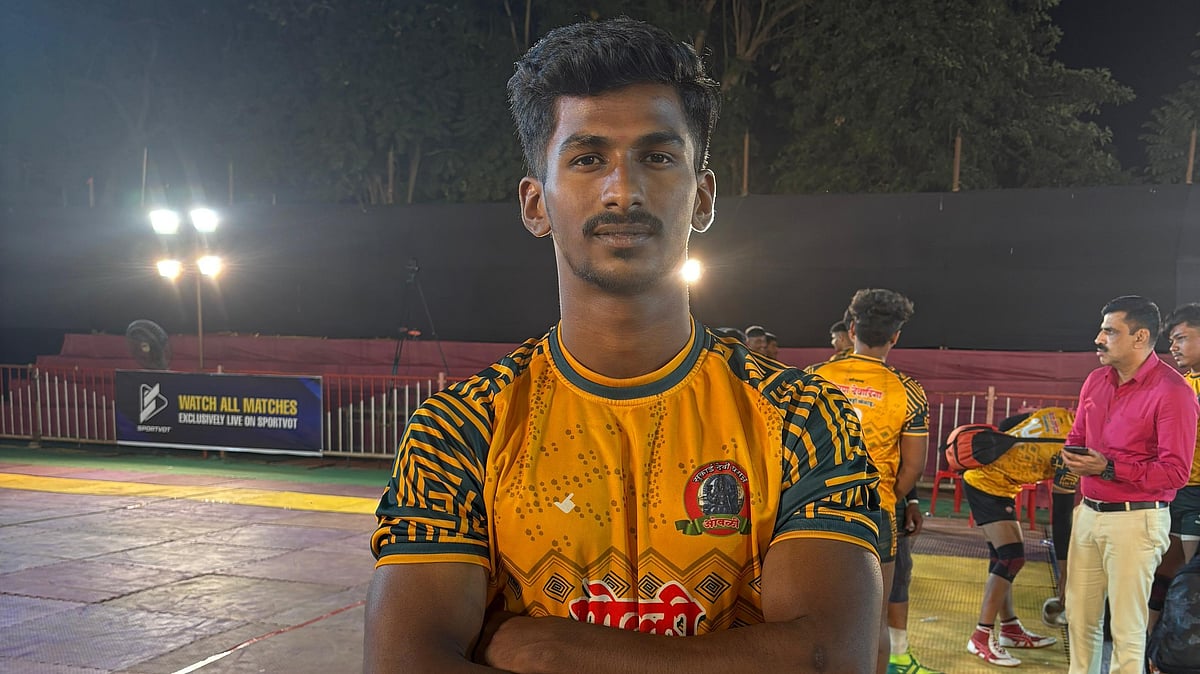Mumbai: Around 77.4 per cent of newly diagnosed cases of HIV are among those aged 15-49 years, shows the fact sheet shared by the Mumbai District AIDS Control Society (MDACS), ahead of World AIDS Day. The official explanation is that this group is more sexually active but left undiagnosed most of the time. Health experts are of the view that this number is on the lower side, attributing it to the ongoing pandemic, during which HIV testing was reduced by 50 per cent. They are worrying about a surge in cases of advanced disease in the population that has remained undiagnosed.
According to the MDACS report, currently 36,673 people living with HIV/ AIDS are on lifelong anti-retroviral therapy (ART), of whom 82 per cent are on first-line regimen,11 per cent are on second-line regimen, while 507 patients are on third-line drugs. Testing for the infection also dropped by 50 per cent, from 4,75,540 tests in 2019-2020 to 2,36,392 tests in 2020-2021.
“With the lockdown, fewer new cases were diagnosed as people were reluctant to step out. There were transport issues and our centres were turned into Covid facilities. All these factors led to people postponing the diagnosis and reaching out only in case of emergency,” said Dr Shrikala Acharya, additional project director, MDACS. Now, the worry is that in those left undiagnosed, their infection would have reached an advanced stage as their treatment has been delayed.
During the pandemic, while HIV diagnosis took a hit, the health officer heading the HIV/ AIDS programme in Mumbai said their focus was on ensuring that HIV patients continued to get their treatment.
Dr Acharya further said the focus was on treatment retention and achieving viral suppression in patients. “Among our many efforts was to start a home delivery facility of ART drugs, to ensure HIV patients continue their treatment. During the pandemic, we did viral load testing among the 26,130 patients living with HIV and on treatment. The good news is that we found 95.6 per cent of them were virally suppressed,” said Dr Acharya.
Senior health officials said the number of HIV cases are between those aged 15-30 years, as they are sexually active and avoid taking precautions and are unaware about the probability of contracting an infection. The most common questions they ask are how to live with the disease without disclosing it, whom to disclose it to and how to handle societal stigma.
“Adolescents are psychologically affected when told that the medicines they have been taking as a child are ART medicines and not multivitamins,” said Sushil Nikam, assistant director in the care support treatment department at MDACS.
With the lockdown easing off from July, the MDACS has begun awareness programmes. “We are focusing on digital awareness programmes and flash mobs. From December 1, we are also starting advocacy and screening campaigns at railway stations, to normalise screening,” said Dr Acharya.
The MDACS is working towards eliminating mother-to-child transmission of HIV and syphilis, in accordance with the national goal. “Right now, we have 196 pregnant women on HIV. We have seen a downward trend when it comes to pregnant women testing positive for HIV,” said Dr Acharya.
Health activist Ganesh Acharya said that the pandemic had caused a severe setback to the HIV programme and the government would now be required to undertake intensive intervention. “Some of the basic, cheap drugs given for opportunistic infections found in HIV patients are not available in centres. Such lacunae will only lead to worse outcomes,” he said. Tuberculosis is the number one cause of mortality among HIV/ AIDS patients. But the current preventive therapy — known as the isoniazid preventive therapy (IPT) — has a very high pill burden -- 180 doses for six months.








